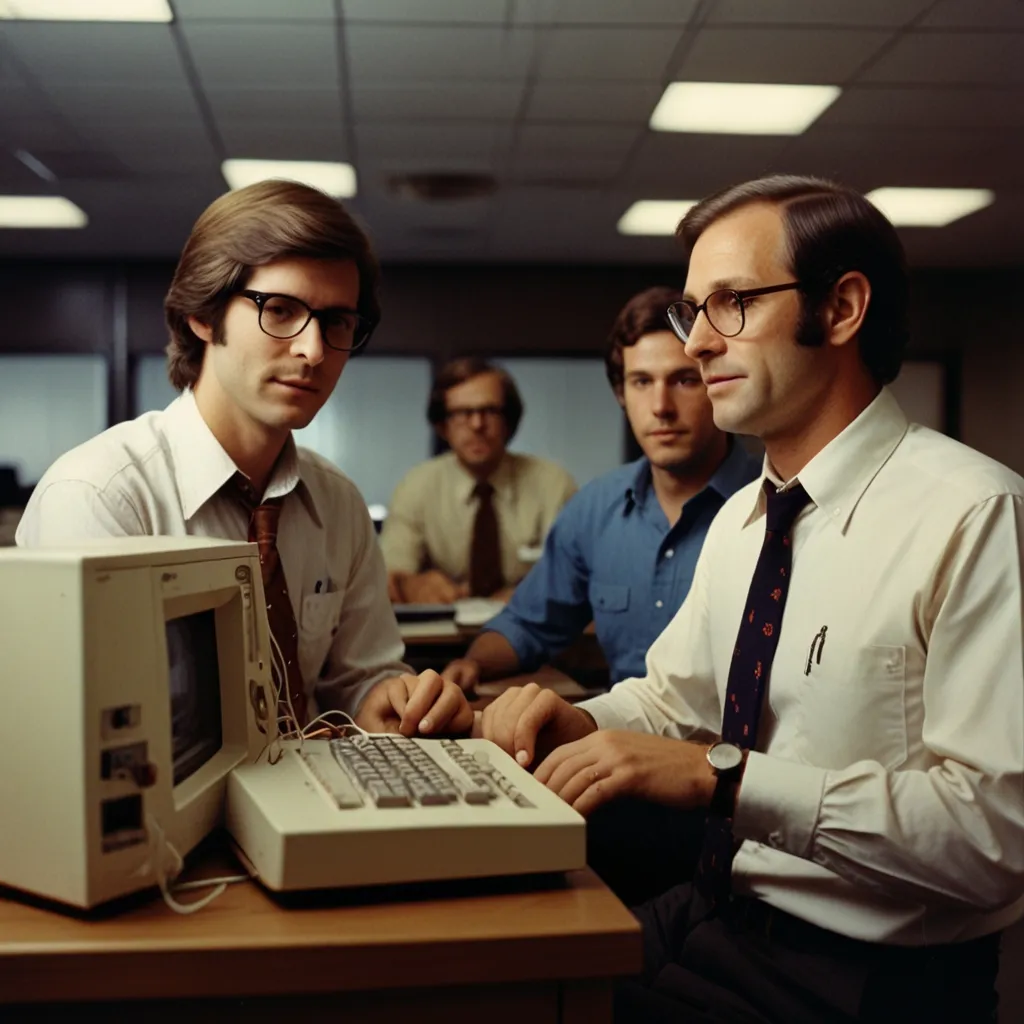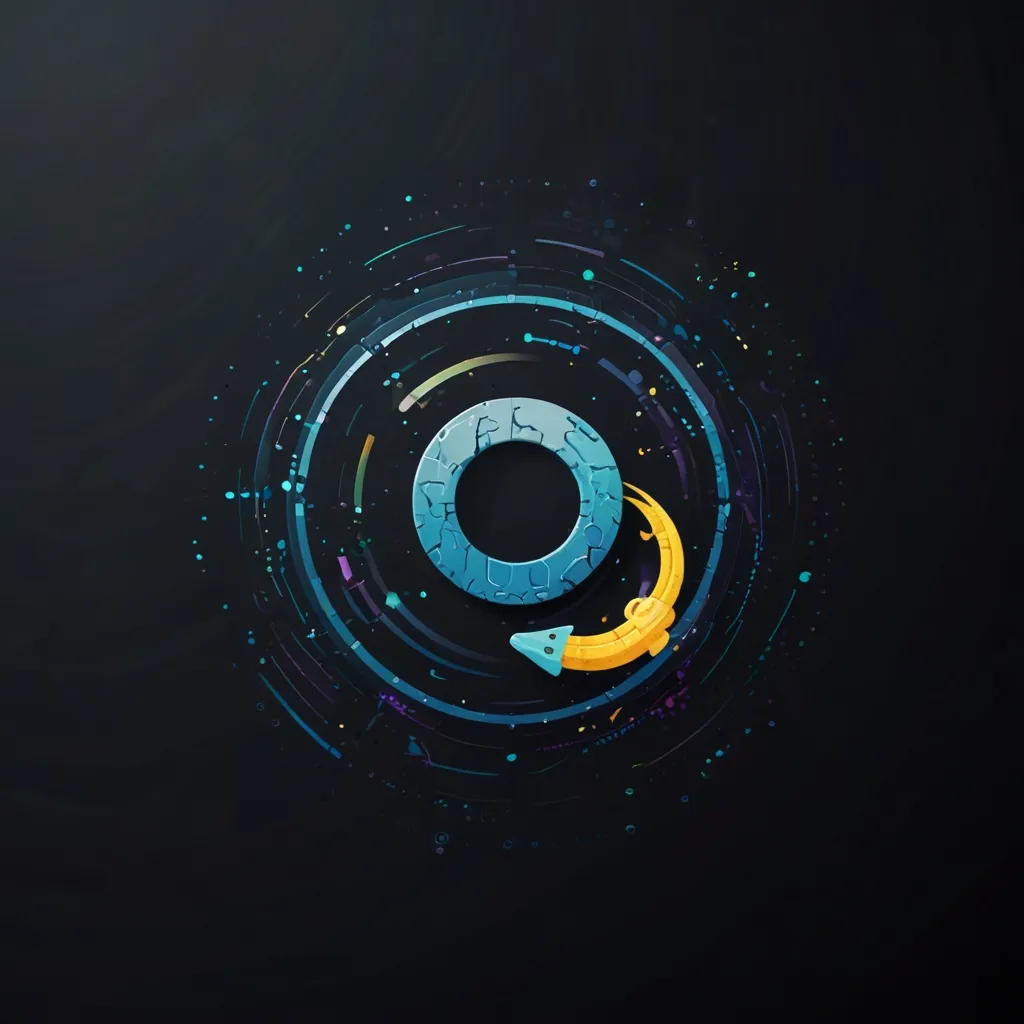Smalltalk isn’t just some relic from the historical archives of programming—it’s a pioneer that has significantly shaped how we code today. Imagine a time in the 1970s when computers were room-sized behemoths and programming was far from the fancy graphical interfaces we’re used to. That’s when a team of visionaries at Xerox PARC, including Alan Kay, Dan Ingalls, and Adele Goldberg, cooked up Smalltalk. Originally designed to teach kids how to program, this language quickly morphed into a heavyweight tool for professional coders.
Smalltalk really shook things up by laying the foundation for Object-Oriented Programming (OOP). If you’ve ever coded in a modern language, you owe a lot to Smalltalk. Before it came along, programmers were stuck thinking about their code in terms of data structures, procedures, and functions. Smalltalk flipped that script by introducing objects that bundle together both state and behavior. These objects chit-chat with each other through messages, which wasn’t just cool but made the code more modular and easier to manage.
What makes Smalltalk stand out is its simplicity. Seriously, you could jot down the entire syntax on a postcard! It’s all about objects, lambdas (which are super handy closures), and reflection. This simplicity fits like a glove for beginners and was, in fact, meant to help kids get into programming. But don’t let its straightforwardness fool you—Smalltalk has decades of real-world, complex applications under its belt.
Smalltalk has had quite the ripple effect across the programming world. Take any modern language, and you’re likely to find traces of Smalltalk’s DNA. Python and Ruby, both household names today, borrowed heavily from Smalltalk’s dynamic typing and messaging system. Even Java, which plays in a different league with its statically typed system, took inspiration from Smalltalk’s object-oriented design principles.
Smalltalk wasn’t just about laying down the basics. It was also a frontrunner in many cutting-edge areas. Think about the Model-View-Controller (MVC) pattern, a cornerstone in user interface design. Smalltalk was the birthplace of MVC, breaking down application logic into three separate but interconnected components. The MVC pattern makes it a breeze to manage intricate user interfaces. And let’s not forget Smalltalk’s significant contributions to graphical user interfaces (GUIs) and the “what you see is what you get” (WYSIWYG) design philosophy, both of which are now standard in modern computing.
You might think Smalltalk is just for the history books, but it’s still kicking in the real world. JPMorgan uses it to handle exotic derivatives risk. The U.S. military cooked up a million-line battle simulation program called JWARS using Smalltalk, outpacing a similar project written in C++. These examples show that Smalltalk isn’t just a golden oldie—it’s a strong, viable player in modern software development.
One of Smalltalk’s unique features is image-based development. Instead of the usual file-based systems most other programming languages use, Smalltalk stores the entire state of the system in an image that can be saved and restored. This method is a godsend for rapid prototyping and iterative development, making it a perfect fit for agile development methodologies.
Smalltalk’s legacy goes beyond its groundbreaking technologies. It has inspired multiple generations of programmers and influenced the design of numerous subsequent languages. Its focus on simplicity, modularity, and ease of use has left a lasting mark on computer science. Even if it’s not the most popular language today, its impact on the programming world is undeniable.
So, why the heck should you learn Smalltalk? For starters, it gets you to the essence of object-oriented programming. Unlike hybrid languages like Java or C++, which mix various paradigms, Smalltalk sticks to pure OOP principles. It’s an ideal choice for anyone who wants to really grasp the fundamentals of OOP. Add to that its simplicity and minimalist design, and you’ve got a language that’s both fun and educational to learn.
Smalltalk is far from a mere historical footnote; it’s a shining example of innovative thinking and design. Its influence can be seen in many of today’s programming languages, and its straightforward elegance makes it a language worth exploring even now. Whether you’re an experienced coder or just getting started, diving into Smalltalk can provide deep insights into software design and boost your programming prowess.






